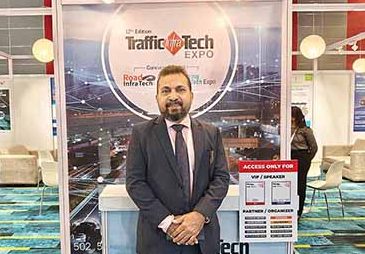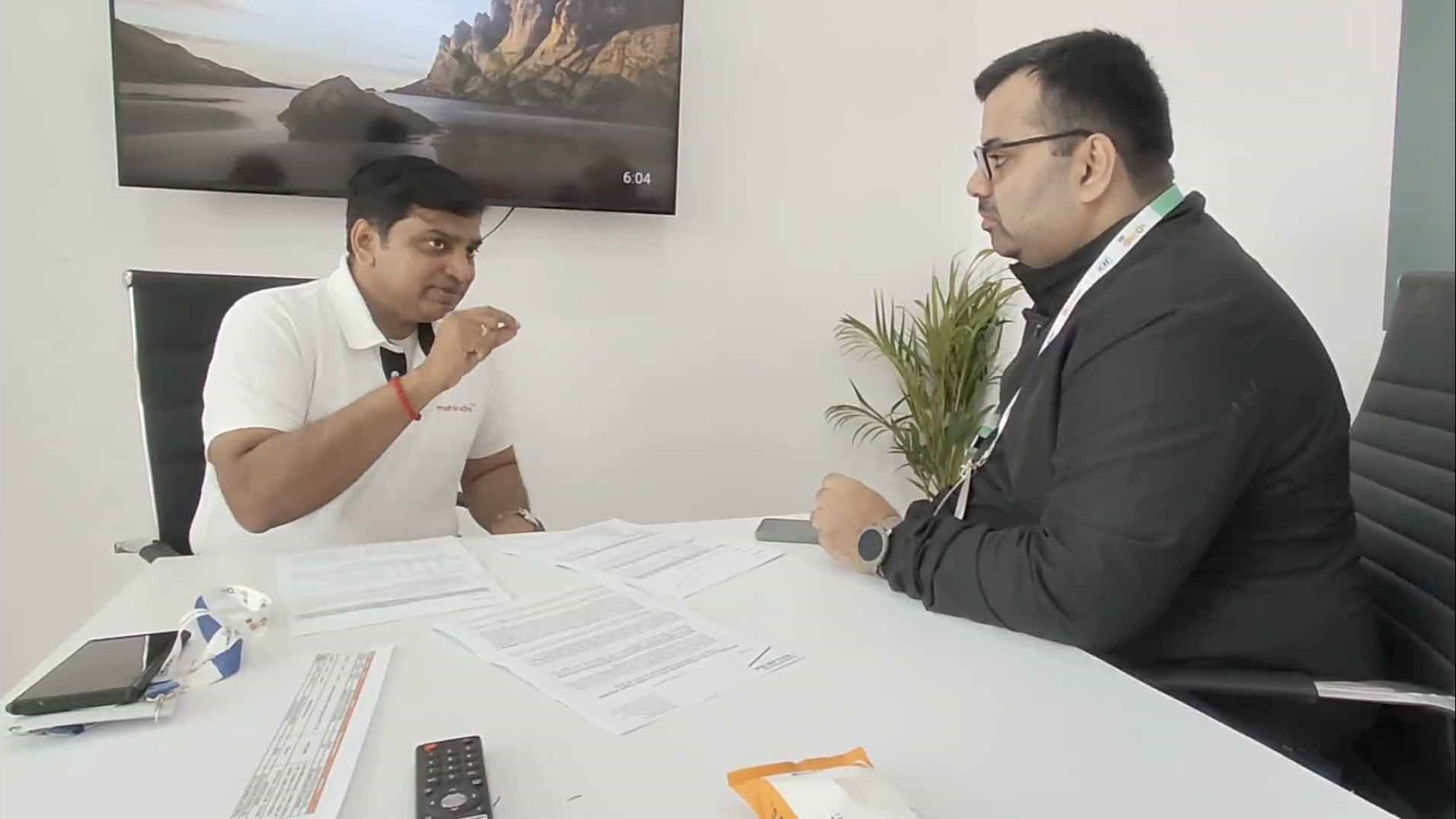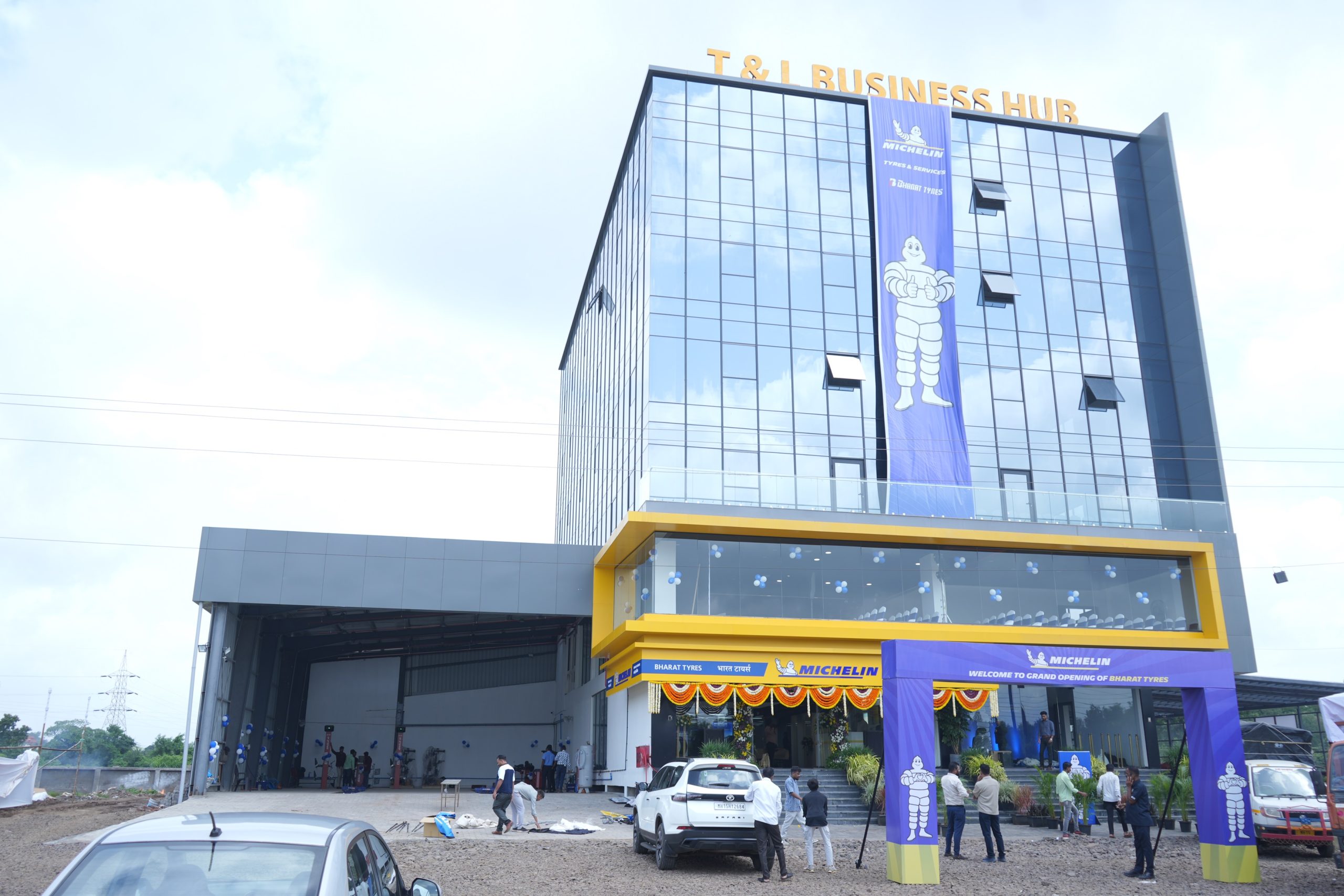Ashok Leyland, one of the leading commercial vehicle manufacturers has taken the technology route to bring products that are on par with global standards. Sensing the future, the company has started working on wide range of technologies including hybrid and Euro VI compliant vehicles. In the recently concluded Auto Expo the truck maker showcased its Euro VI ready truck, which showed its aggressiveness to encounter the competition. Dr N Saravanan, Senior Vice President – Product Development, Ashok Leyland spoke to Bhargav TS and Bhushan Mhapralkar on the latest technologies and how the company is preparing to meet the challenges for the next 5 years. Edited Excerpts:
Q: From a technology point of view, how would you describe the road map to the future?
Dr Saravanan: One aspect is clean air and green vehicles. The second aspect is safety. A classic example when you speak about a green vehicle is a hybrid vehicle. The one that we have developed is a serial hybrid and uses ultra-capacitors instead of lithium-ion batteries. Ultra-capacitors have the ability to charge and discharge faster. This technology would work well with frequent start-stop usage such as in a city bus. The diesel engine can be replaced with a CNG or a LNG engine. The ultra-capacitors help the engine to operate in the most efficient way. In various test installations we saw a significant improvement in the city cycle. About Euro VI, we have a truck right now but we wanted to develop a technology not at European costs but the product will be on par with European standards at the same time it will at Indian price. To highlight safety, we could look at the school bus we have developed. It looks at small things like the lower height first step for easy and safe ingress of pupils. Meeting roll over is not mandatory for a school bus. School bus accidents are mostly caused by a blind spot. In our school bus, we have ensured that the driver has superior visibility on the co-driver side. We have put a collision warning system. We utilised technology to come up with an anti-bacterial seat fabric. Understanding customer perspective is important.
Q: At Ashok Leyland how do you look at frugal engineering?
Dr Saravanan: Many people think frugal engineering means it is cheap. But I look at frugal engineering as amalgamating more value to the customer than the cost. A good example is, when we developed the school bus we decided to give it a lower step height. To me it means good frugal engineering. Even the seats of the school bus could be a good example. They look nice and are done in a simple manner. They are made without wasting material and contain anti-bacterial fabric. I look at it as good frugal engineering example. In every bus or truck it is not about one big frugal engineering but small bits – a lot of small ideas that define frugal engineering. It is not about doing it cheap alone, but doing it better. The SCR system on the Euro VI truck is from our sister company Albonair, which already supplies parts and systems to others. We focused on how the system could be more robust, and offer the right feature set. This is the right dosing system for India rather than offering what is being widely supplied. Such frugal engineering would be about cutting the cost of the entire system. The anti-bacterial application in the school bus is more of innovation than frugal engineering, but hints at frugal engineering.
Q: As a bus market leader, what new technologies do you think will play out in buses?
Dr Saravanan: With so much emphasis on pollution, and on smart cities, I see intra-city buses moving towards partial zero emissions or zero emissions. I see a move towards hybrid and electric buses. But the demand for diesel vehicles will continue to be there as they are moving to BS VI emision norms. Everyone is jumping on the electric hybrid bandwagon because of the FAME outlay. There are other technologies that are promising too. Technologies like hydraulic hybrid, where hydraulics is used to store the energy. It may not be subsidised, but is relatively cheaper. With the need for hybrid-electric going up, we will see innovation playing a part. Efforts will be made to get the cost down in terms of process technologies and localisation. There are other hybrid technologies to look at like the flywheel hybrid technology, where the high-speed flywheel stores energy. Many things are going on, once volumes build up, those technologies will come into play.
Q: What role could India play in the area of new technologies?
Dr Saravanan: Look at hybrid technologies, and it is difficult to say what is Indian and what is not. Lot of work is collaborative. For example, if I had to buy Lithium-ion batteries, I would look at China since nobody makes it here. They are mass produced commodity. Innovation comes in such that how do I make these cells operate in the most efficient manner. The key therefore lies in the battery management system. It is my bigger value addition. As the demand increases a lot of IPR will be seen to be controlled by the Indian OEMs. We may buy a motor from UK, the motor controls are with us. The way the motor works, is controlled and the way it links with the engine makes a bigger IPR than the motor. A lot is already happening in India.
Q: In the buses, what technologies do you see coming into the inter-city segment?
Dr Saravanan: This market will continue to grow steadily. We are also looking at entering this market in the near future. Its a tough market, but in the next 12 to 18 months you will see us there.
Q: Ashok Leyland launched its Neptune range of engines in August 2013. What is the market feedback and what are all the learnings for ALL?
Dr Saravanan: We launched the six-cylinder Neptune engine with 360 hp. The market did not move towards higher powered engines. We are therefore supplying this engine to some of our defence vehicles and marine applications. By the time the market moves to BS VI, a segment of the market will move towards higher horsepower motors. Work will start on Neptune N6 for Euro VI compliant vehicles. The N4 version will be seen on tractors and tippers in the next 6 to 8 months.
Q: What challenges do you foresee as the industry moves to BS VI?
Dr Saravanan: There will be significant challenges. When you look at reduction required from the NOx perspective, which is 1/8th of what it is now, and from the particulate matter perspective, which would be a 50% reduction, the challenges are significant. The output of the tail pipe will be cleaner than the input. If Delhi runs these CVs, the air will be purified; that is the level of purification required. BS VI will also spring significant challenges in terms of service. The way the customer uses the vehicle, the way the engine behaves over time, and the way the aggregates work. Challenge is not just technology, it is also about validation. For validation, we need fuel by 2018 if the market were to move up to BS VI by 2020. The validation run will have to be for at least a million kilometers if not for 10 million kilometers.
Q: With product lifecycle shrinking, how are companies like Ashok Leyland tackling the challenge?
Dr Saravanan: What used be typically a waterfall product development cycle due to concept design; due to detailed design, mock-up followed by some sort of production schedule, is today about doing it in less time. The investment in Dassault Systemes platform was done to do a lot of it virtually. To do digital modeling and cascading through to production. Suppliers are also involved. Lot of things are going virtual – virtual modeling and virtual validation for example. Also concurrent engineering, internally as well as externally. All these (processes) help to do things faster.
Q: How much of your engineering efforts would be diverted towards hybrid from IC engines?
Dr Saravanan: The market is going to be 99% diesel engine oriented. And, even though its 1% (hybrid), we are spending a lot of effort towards hybrid and other technologies. The effort that goes for this 1% is 30%. We are putting such an effort is because we believe a significant volume coming from these technologies (hybrid and electric) in the future.
Q: Does the defence part of the business make for a highly innovative effort?
Dr Saravanan: We are involved in the vehicles carrying troops, missiles or guns. Therefore we don’t see a big challenge in terms of technology. When we get into more advanced weapon system it is a different ball game. Right now, it is about vehicles and that is our forte. Talking about vehicle applications, we may have some technology partnerships. In fact, there are cases where we have done something with the partner, and the partner is so happy that he is exporting it back.
Q: How quickly is the electronic content in vehicles rising?
Dr Saravanan: I think the electronic content in vehicles is rapidly increasing. Look at the hybrid bus; it is working with an engine, motor, generator and a battery pack. How to make these things to communicate. Go to Euro VI, and the whole brain is there. Its getting more and more complex. Electronics is going to be essential to have a fine control over important functions; to control emission levels. In hybrid vehicles, electronics play an important role in imparting seamless switching over functions. We are seeing rising emphasis on telematics, diagnostics and prognostics. Being able to say what fail mode is coming up, electronics may be a silent thing in the background, it will however play a critical role. In the Euro VI mode, the engines will be electronic. Presence of telematics and diagnostics will go up. At the in-line pump level of BS III, the electronic content may be zero. Over environmental conditions, the challenges with rising electronics will be to make the technician understand; to make the customer understand. Any failure cannot be seen but will make the vehicle fail. We are starting a training process for our dealers starting with the BS IV itself. ACI










Leave a Reply